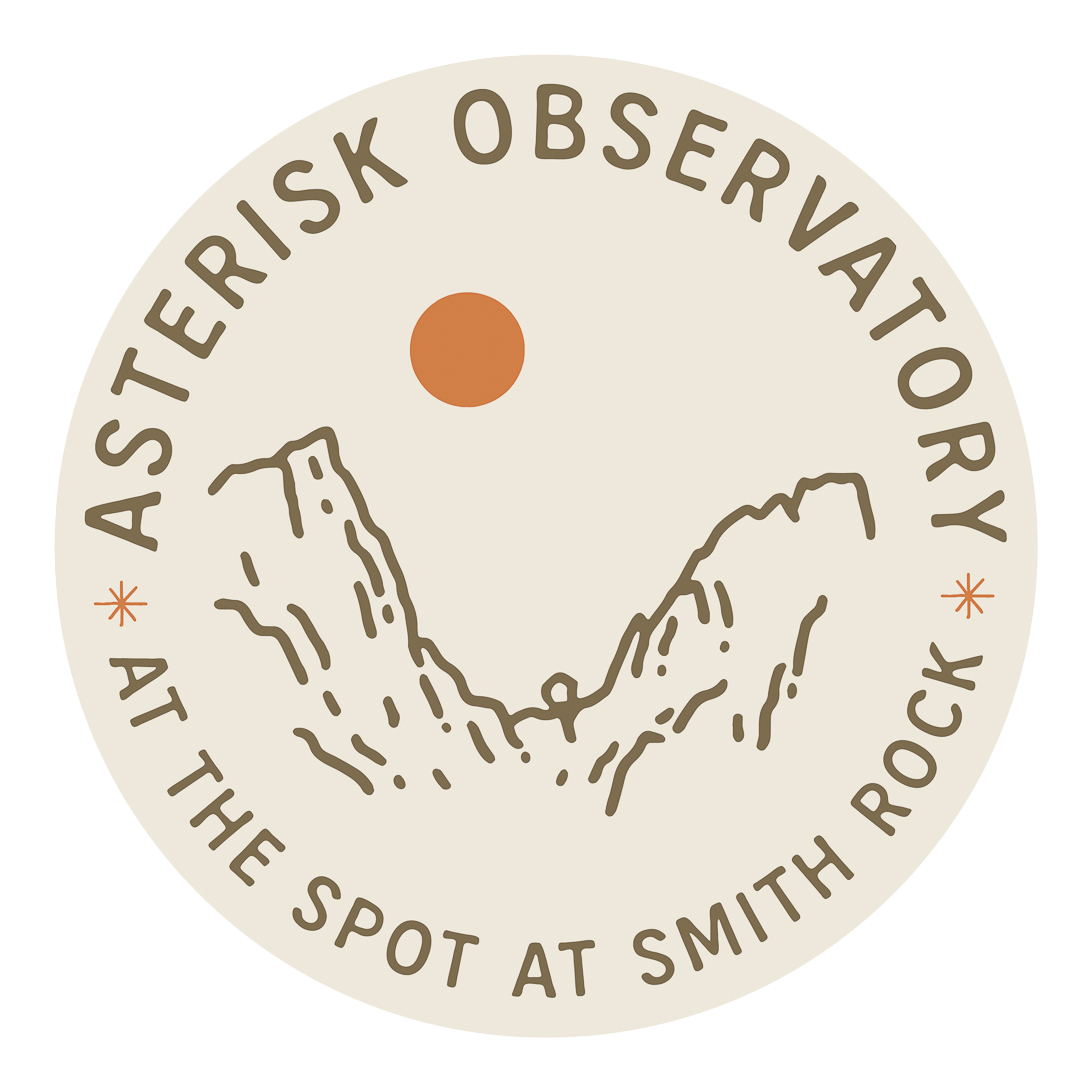July Guest Post: Stars in Our Skies
Author: Finn Benton
NGC 5728 is a beautiful barred spiral galaxy located 146 million light-years away in the constellation of Libra. Image Credit: ESA/Hubble, A. Riess et al., J. Greene.
Of the twelve zodiacal constellations, only one of them represents an inanimate object while the other eleven depict living entities. It is also the star pattern we are highlighting for the month of July.
Called MUL Zibanu (meaning “scales” or “balance”) by ancient Babylonian astronomers, the constellation of Libra was sacred to their sun god Shamash, who also served as a divine judge. The Ancient Egyptians, by contrast, thought that the three brightest stars in Libra (Alpha Librae, Beta Librae, and Sigma Librae) formed a boat.
In Arabic, the constellation’s two main stars are named Zubenelgenubi and Zubeneschamali, meaning the “southern claw” and the “northern claw” respectively, of the neighboring constellation of Scorpius the Scorpion. The Ancient Greeks also described the constellation as the Claw of the Scorpion, while the Romans favored Libra as the constellation of scales held by Virgo because they valued fair and equal trade. They also associated Libra with the goddess of justice, Justitia, who is represented by the constellation Virgo.
To find Libra, look to the southern sky for a quadrangle-shaped figure located approximately halfway between Spica in Virgo and Antares in Scorpius.
Shining with a magnitude of 2.61, Zubeneschamali is Libra’s brightest star. It is a blue-white star that is 3.5 times more massive and 10 times larger than our sun and lies at a distance of 185 light-years.
Libra has very few bright deep sky objects that can be easily observed in binoculars and small telescopes. Still, a couple of them are worthy of mention. The brightest of these, glowing at a magnitude of 8.5, is NGC 5897, a globular cluster that is within range of many amateur telescopes. It has a diameter of 170 light-years and is located 41,000 light-years away.
NGC 5728 is an attractive barred spiral galaxy that has a supermassive black hole at its center. It is only slightly smaller than our own Milky Way galaxy and is located about 146 million light-years from our solar system.
The sun spends approximately 23 days within the constellation of Libra, from roughly October 31 to November 22.
The earth will reach aphelion (greatest distance from the sun) at 1 p.m. PDT on July 3 when the two bodies will be separated by 94.5 million miles. At first this may sound counter intuitive since many locations in the Northern Hemisphere experience near maximum temperatures throughout the year in July. The mystery is explained by understanding that the change of seasons doesn’t occur by how near or far earth gets to the sun but instead is caused by the hemispheres being tilted towards or away from the sun.
Both Mars and Mercury are evening objects this month. The Red Planet will travel eastward through Leo, standing 22 degrees above the western horizon after sunset on July 1, but only 12 degrees by the end of the month. Meanwhile, Mercury reaches its greatest eastern elongation on July 4 and will linger just above the western horizon through mid-month before sinking out of sight by month’s end.
Rising by 3 a.m. local time in the constellation of Taurus, Venus is a bright beacon in the morning sky. Saturn comes up by midnight in the constellation of Pisces. Jupiter will reappear as a morning object toward the end of July.
A brightening moon will be in play early in the month until July 10 when the full Buck Moon arrives. Thereafter, our only natural satellite begins to wane before going dark on new moon July 24.
This month’s Dark Sky tip: Unshielded outdoor string lights can significantly contribute to light pollution. Please turn them off when they’re not needed.


